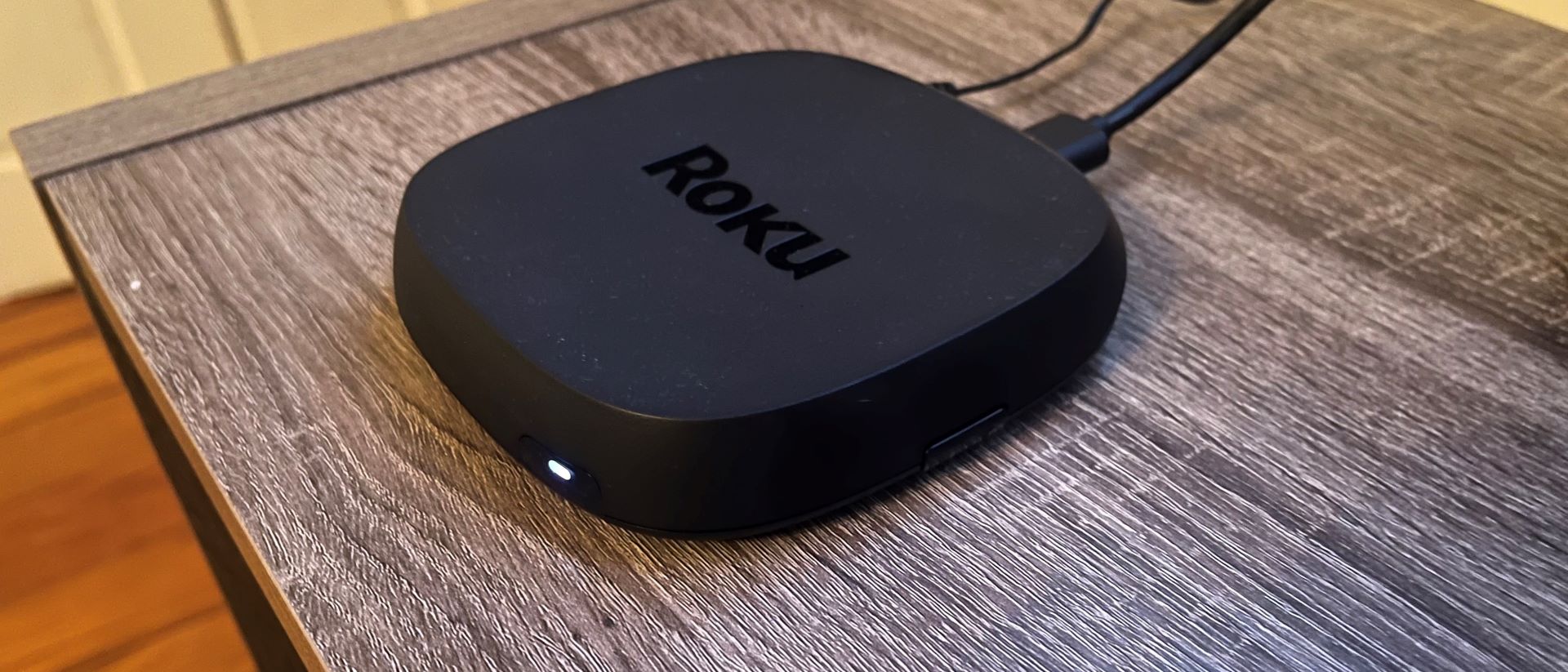TechRadar Verdict
The Roku Ultra (2024) has just about everything one could ask for from an external streaming player. It supports all the necessary HDR formats, most notably Dolby Vision and HDR10+, and is quite speedy. While twice the price of the next most expensive Roku streaming player, it’s worth it, especially since it has an almost perfect remote – one that could be a bit more programmable.
Pros
- +
Speedy performance
- +
Supports Dolby Vision and HDR10+
- +
My favorite remote
Cons
- -
Double the price of next most expensive Roku streamer
- -
More remote buttons could be programmable
Why you can trust TechRadar
Roku Ultra (2024): Two-minute review
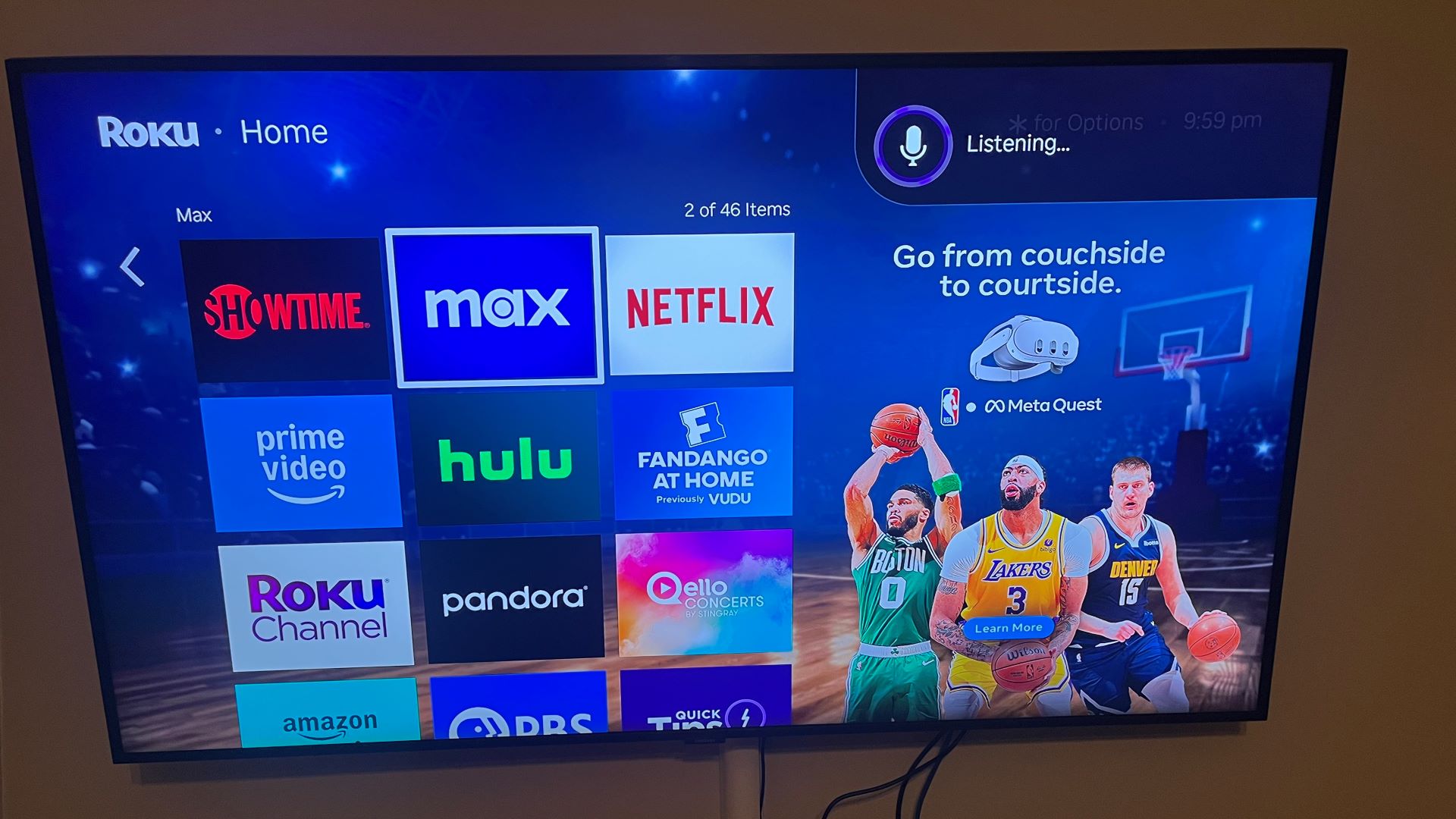
The Roku Ultra (2024) is as capable a streaming player as I’ve yet come across, though whether it’s one of the best streaming devices will depend entirely on how you feel about Roku’s onscreen interface. I am a fan. While I’ll dig into that a little more below, I find Roku’s software (and hardware) approach one that prioritizes convenience. It’s one of the reasons there’s still a need for external streaming players even though most contemporary TVs have their own built-in smart capabilities, which are usually not all that user-friendly.
The Roku Ultra (2024) is twice the price of Roku’s next most expensive streamer, the Roku Streaming Stick 4K, and in the upper range of price when it comes to these types of devices. It’s still worth it, not to mention it’s ultimately not that expensive either. Plus, if you go cheaper, you could lose out on support for Dolby Vision, Dolby Atmos, HLG, and HDR10+, all of which are available here. The performance is speedy and the remote is about as good a remote as I’ve personally used. All it’s missing is a passthrough HDMI that might be a benefit in certain setups.
As far as the physical design, the Roku Ultra (2024) is about what one would expect from a Roku streaming player. It comes in the same matte black as all of the company’s products, with just a shiny “Roku” logo emblazoned on the top. There’s also a shiny patch on the front where its sensor resides and a little purple Roku tag on its right flank.
It’s fairly slim, only an inch in height (its full dimensions are 4.9 x 5 x 1 inches), and has just one physical button on the side that offers dual functionality, with one side used for power and the other triggering the “find my remote” feature. Pressing the find my remote portion will cause the remote to ping until you press a button to indicate you’ve found it.
The port selection is pretty streamlined, as is to be expected. There’s a single HDMI, an Ethernet port – Wi-Fi 6 is also available – and a USB-A port. The USB port is a nice addition as it will give you an on-unit port to charge the remote as it comes with a rechargeable battery.
Regarding the HDMI, I would have liked a pass-through HDMI port. Though this feature generally isn’t found on streaming devices, it would have made it easier to use the Roku Ultra as the main hub of a setup (for instance, if you have a gaming console).
On that note, if you have a relatively contemporary TV with HDMI eARC (I can’t speak to older ones), the Roku Ultra (2024) can be set up to automatically turn the TV on and off and also adjust volume levels. You don’t necessarily have to do any menu diving for this either, as it’s part of the streaming player’s setup to enable that feature.
Sign up for breaking news, reviews, opinion, top tech deals, and more.
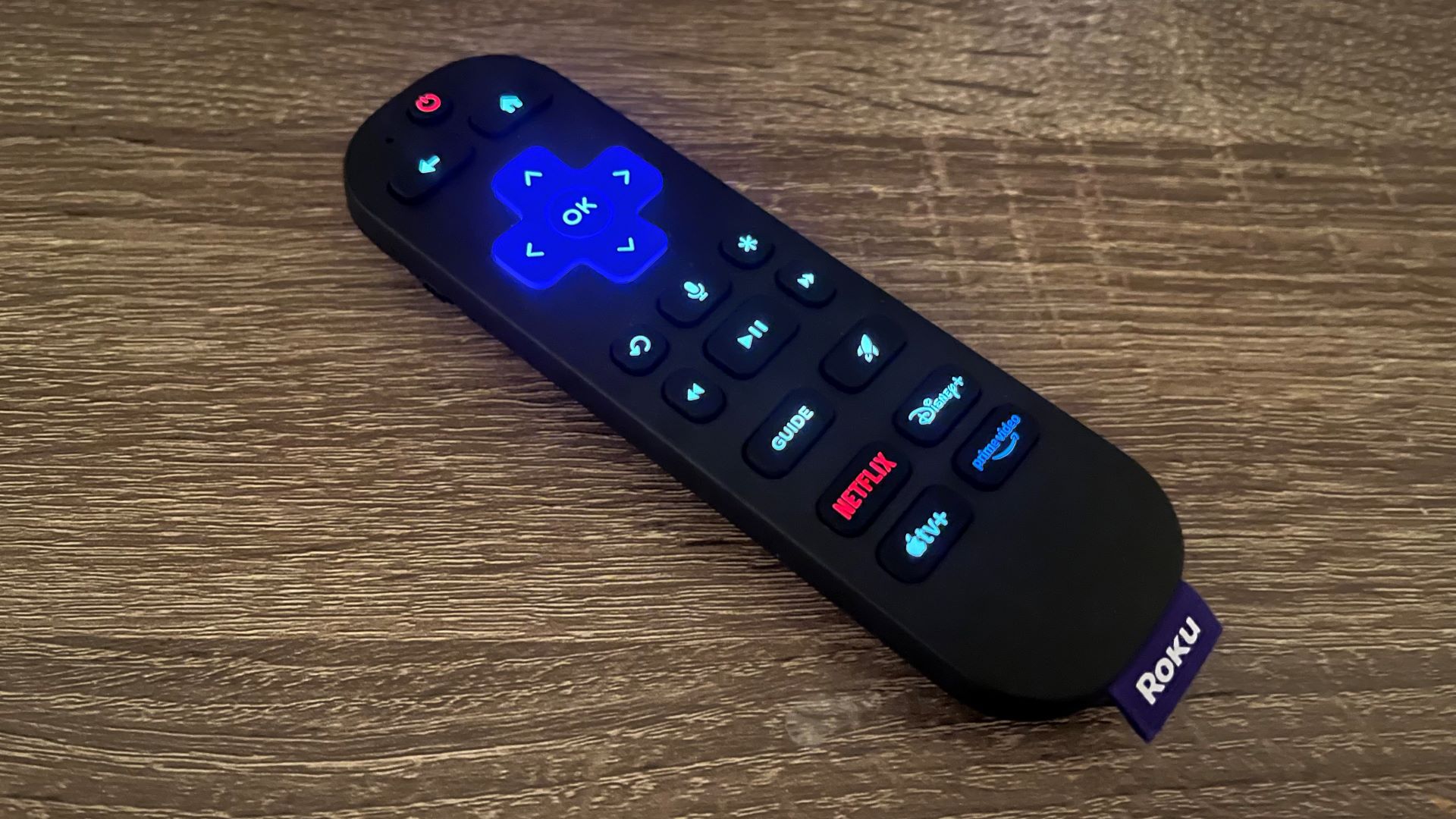
Now, let’s discuss the remote. This is not my first rodeo with the Roku Voice Remote Pro (2nd edition) that comes stock with the Roku Ultra (2024). I was a fan of the remote when I reviewed the Roku Pro Series TV and I’m a fan now.
It’s only different than Roku’s other remotes on close inspection as it keeps the general shape and layout. It has a USB-C port on its butt for charging, which is an upgrade from previous rechargeable remotes that used micro-USB, a form factor I’ve had general reliability issues with. It has a toggle on one side for hands-free voice support (more on that later).
The Roku Voice Remote Pro also has a couple of extra buttons on it. There’s a reprogrammable launch button that can be used if you want a shortcut to launch an app that doesn’t already have a dedicated button on the remote, or to quickly turn on/off closed captions, just for a few examples. There’s also a guide button that launches Roku’s live TV guide channel and four app-specific launch buttons for Netflix, Disney+, Apple TV+, and Prime Video.
My only gripe is that these should all be reprogrammable (in a perfect world) since not everyone is going to be subscribed to those four apps. But my remote complaints start and end there, as the fact that its keypad is backlit – it will automatically light up when you pick it up – is fantastic.
And the Roku hands-free functionality is nice. No longer do I have to press the “listening” button, though it’s still there, to use my voice to navigate the interface. I can just say “Hey Roku, launch Netflix” to launch Netflix. It’s not perfect that you don’t have to be very clear and concise about your requests, but it generally works very well.
As far as voice assistant support goes, the Roku Ultra (2024) is compatible with Roku Smart Home, Alexa, Google Assistant, and Apple AirPlay and HomeKit. It also has Bluetooth support so you can pair headphones with it for late-night viewing.
As far as the Roku Ultra (2024)’s performance, Roku advertises its streaming device as “30% faster than any other Roku player.” While the company doesn’t advertise what the CPU is inside or even its speed, it definitely feels very speedy. The fact that it supports Wi-Fi 6, something other Roku streaming players don’t, will in and of itself contribute to the player’s faster response.
I was able to compare the Roku Ultra (2024) to the Roku Streambar for a baseline. Loading the Roku Channel on the Streambar took seven seconds and loading a movie took four. The Roku Ultra (2024) took four seconds to load the same app and one second to load the same movie. Even navigating through Roku’s interface is almost immediate.
There aren’t any holes in what the Roku Ultra (2024) supports as long as you don’t care about a 120Hz refresh rate – none of the external streaming players support that at the moment, however. What you do get is Dolby Vision, Dolby Atmos, HLG and HDR10/10+. None of the other Roku streaming players support all those formats. The next most expensive one in Roku’s lineup is missing Dolby Atmos, for instance.
Lastly, we need to discuss the interface. To start, setup is easy like it always is with Roku. As long as you know your Wi-Fi password and Roku account password, all you have to do is follow the steps on the screen. Creating a new account or resetting a password (like I had to do) is easy as well. Just make sure to have access to your email for doing so.
If you’ve used previous Roku devices registered to your email and had apps installed also registered to your email, those apps will automatically be installed and logged in once you’re done with the setup.
As far as the interface itself, the main page with all the apps listed is easy to read and as intuitive as an interface could be. Deeper features, settings and such are all listed on the left side, including a few new ones like the dedicated “Sports” page. Getting through those is also intuitive. Everything makes sense in where they’re listed. For instance, when going to the section for remotes and devices, all external devices that you might connect would be listed here, or connected through settings here.
There’s also plenty of Roku-related and free content available for those of us hurting from the ever-increasing app prices. The only slightly annoying thing is the Roku content ads on the right side of the screen or during a screensaver.
I’ve always thought of Roku as a convenience-first company where making products that are easy to interact with is the priority. That’s the case with the Roku Ultra (2024), too, but in this case, performance is also a factor.
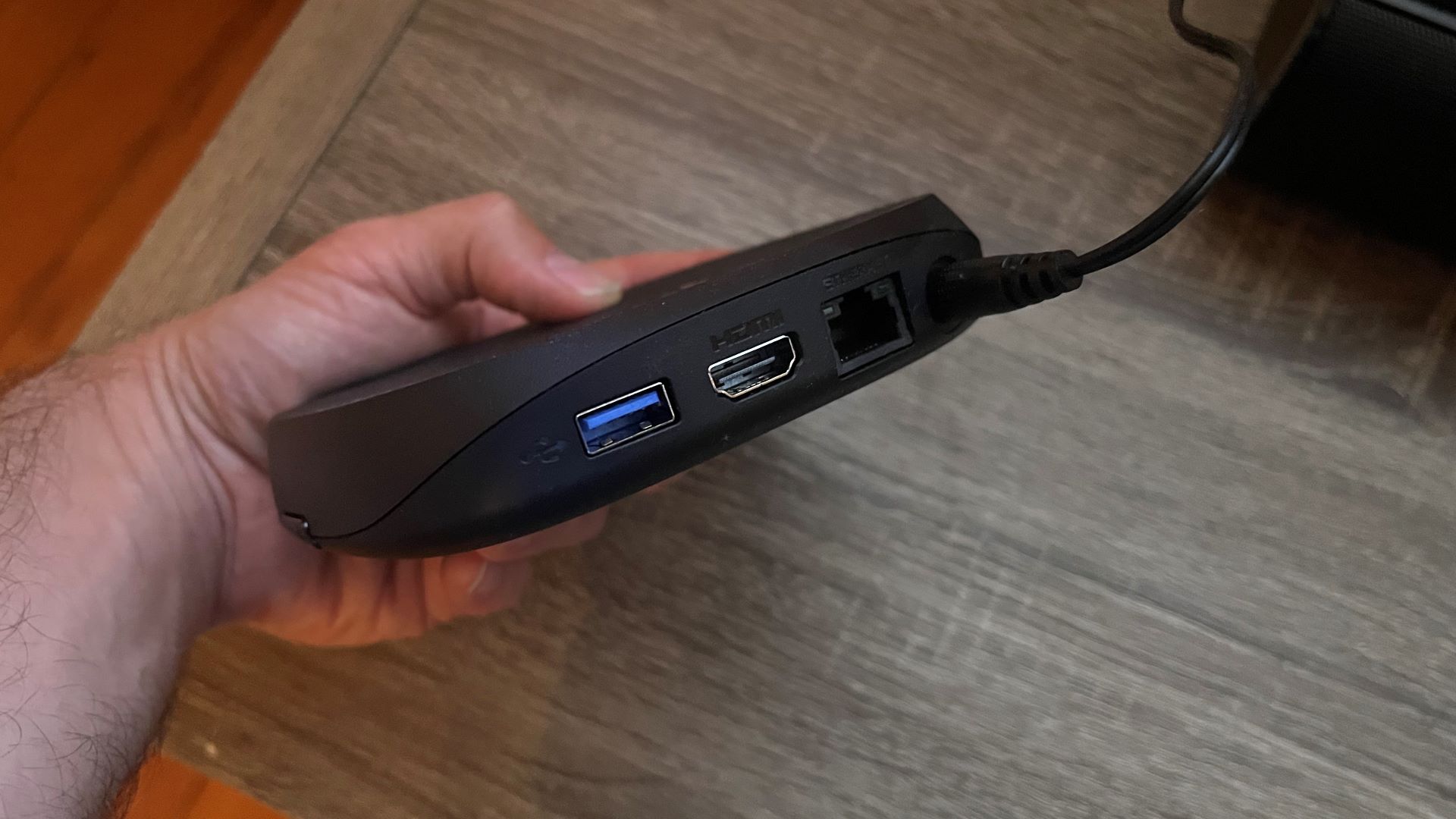
Roku Ultra (2024): Price and release date
- Price: $99.99 (about £80 / AU$150)
- Release date: September 2024
For whatever reason, Roku’s presence outside of the US is somewhat spotty. That means, at the time of writing, those in the UK or Australia will have to just look on in envy (or invest in a capable competitor).
The actual price is $99.99 (about £80 / AU$150) – at the upper price range for most streaming players outside of the Apple TV 4K – though it is already seeing discounts. That’s twice the price of the Roku Streaming Stick 4K, the next most expensive streaming-only player Roku makes (so excluding soundbars and TVs). You’ll have to decide if you care about Wi-Fi 6 support, Dolby Atmos, or the new backlit remote, which are all part of the Ultra package, but not the Streaming Stick 4K.
The new Google TV Streamer (4K) goes for the same price and has the same 4K, Dolby Atmos, Dolby Vision, and HDR10+ support, but not Wi-Fi 6 – a probable factor in how speedy these devices function. It does have a redesigned remote from the previous Chromecast players, so it’s to be seen how it compares to the new remote from Roku.
Of course, you can go a little cheaper and still keep most of the same support for HDR10+, Dolby Vision and Atmos with the Amazon Fire TV Stick 4K Max (2023), though Atmos is only available on select services. While it is cheaper at $59.99 / £69.99 / AU$119 (not including its many discounts), its OS is a bit heavy on Amazon Prime material, including a bunch of related ads, so keep that in mind with the price difference.
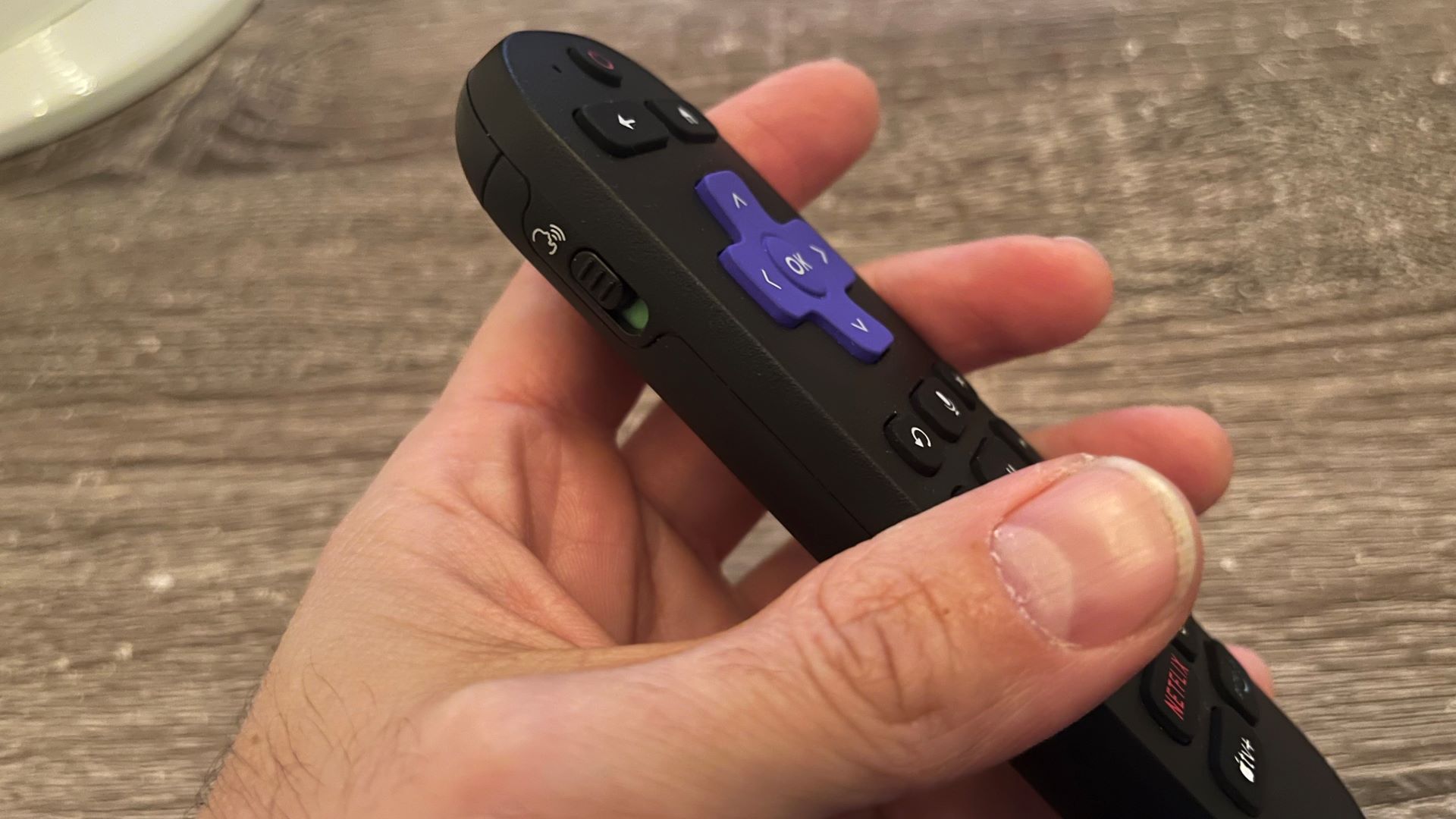
Should you buy the Roku Ultra (2024)?
Attributes | Notes | Rating |
Features | Supports Dolby Vision, HDR10+, and Dolby Atmos and is compatible with Amazon, Google, and Apple smart home protocols | 4 / 5 |
Performance | Speedy, supports all the necessary formats like Dolby Atmos, and is easy to navigate | 4.5 / 5 |
Design | Limited ports, but an almost perfect remote and fairly slim, discreet physical design | 4.5 / 5 |
Value | Twice the price of the next highest-priced Roku streaming player, but it’s still worth it and is comparable to the competition’s highest-priced offerings | 4.5 / 5 |
Buy it if...
You want a really cool remote
I raved about it with the Roku Pro Series TV and I’ll rave about it here. The new remote is worth the extra cost, from the backlighting to the reprogrammable buttons to the “find my remote” feature.
You want speed
Whether it’s the Wi-Fi 6 support or some upgraded processor that Roku keeps under wraps, this is a speedy streaming player. You won’t have to wait for your favorite apps, shows, or movies to load.
You want support for all formats
Most streaming players support 4K at 60Hz these days. But only the more premium ones support HDR10+, Dolby Vision and Dolby Atmos. And many don’t support all three, but the Roku Ultra (2024) does.
Don't buy it if...
You’re looking for a discreet streaming player
It’s not all that big, but it’s not going to tuck away the way a stick-type player will. If you want to go as minimal as you can, Roku’s Streaming Stick 4K or the Amazon Fire TV Stick 4K Max (2023) are almost as capable.
You’re looking to save money
The cost of the Roku Ultra (2024) is really not that high. It is, however, still on the higher end when it comes to streaming players. You can find capable options at less than half the price.
Roku Ultra (2024): Also consider
Apple TV 4K (2022)
Apple’s streamer has a similar box form factor and an equally zippy and responsive interface that’s easy to browse and doesn’t saturate you with ads. It’s recommended mainly for Apple fans and offers multiple features that work seamlessly with the company’s other products.
Read our full Apple TV 4K (2022) review
Google TV Streamer (4K)
Priced similarly to the Roku Ultra, the Google TV Streamer (4K) is Google’s update on its Chromecast streaming players, pumped with faster processing, 32GB of storage, and support for Dolby Vision and Atmos, HDR10+, and 4K. It doesn’t have support for WiFi 6E, unfortunately.
Read about the Google TV Streamer (4K)
Amazon Fire TV Stick 4K Max (2023)
If you prefer the type of streaming player that’s a bit more discreet, the Amazon Fire TV Stick 4K Max (2023) is of the stick variety, as the name suggests, so it hides behind your TV. It’s still fast with Wi-Fi 6E, not to mention 16GB of storage and Dolby Vision, HDR10+, and Dolby Atmos support. It is very Prime-centric, however, and shows ads for Prime content every time it’s on idle.
Read our full Amazon Fire TV Stick 4K Max (2023) review
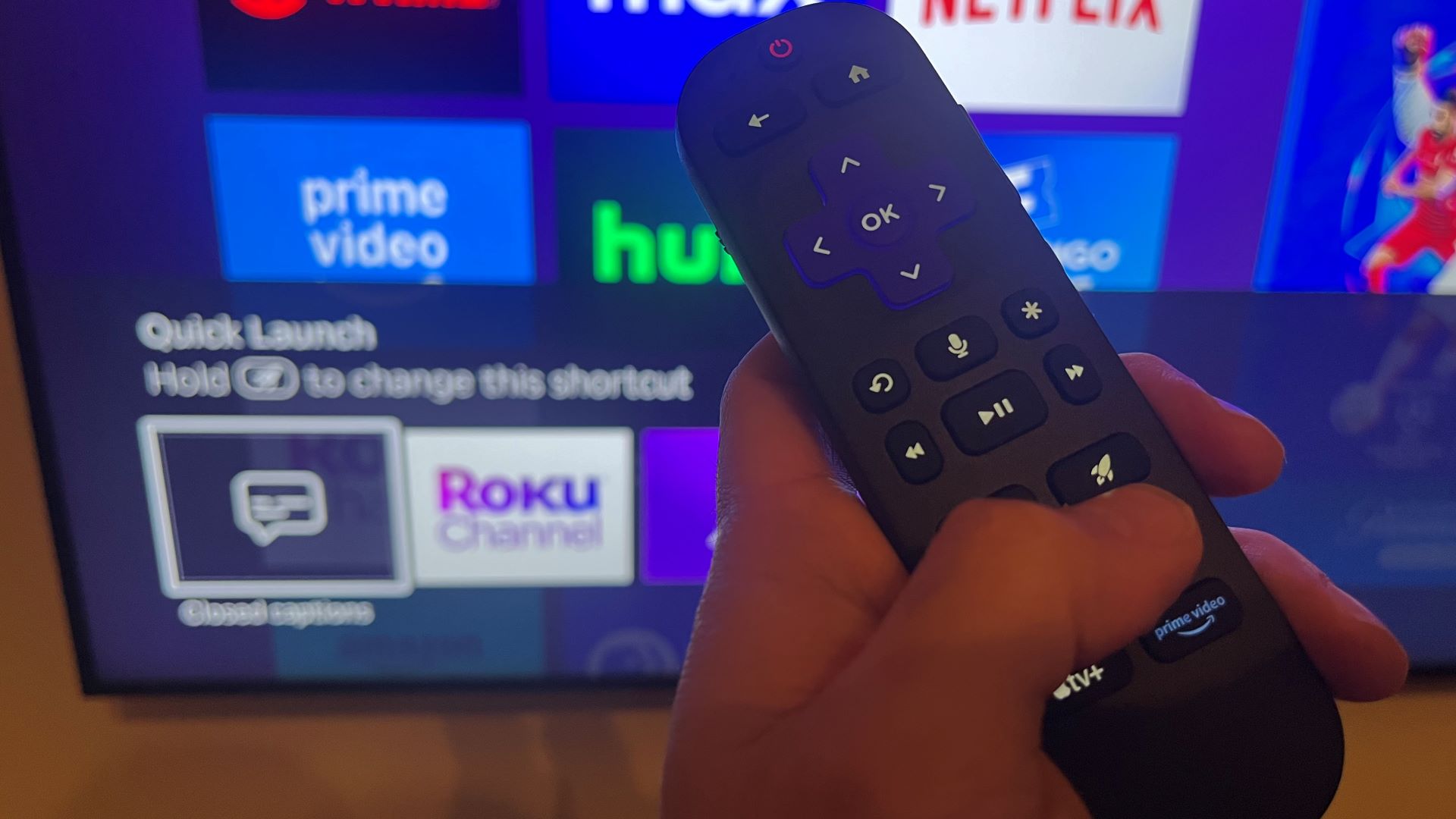
How I tested the Roku Ultra (2024)
- Used regularly for several weeks
- Tested with all sorts of apps
- Tested the remote
I used the Roku Ultra (2024) regularly for several weeks. I used it with Roku content, popular third-party content like Max, as well as free offerings from the company. I also spent time using the remote and its various functions.
I’ve tested a lot of tech gear over the years from laptops to keyboards and speakers, and so have been able to use my expertise towards giving an honest and fair opinion, not to mention a critical eye, to any product I test.
First reviewed November 2024

James Holland loves checking out gadgets of all sorts, whether it's audio equipment, laptops, or vacuums (especially of the robot variety), and does so for a number of Future Publications including TechRadar, Top Ten Reviews, Homes & Gardens, and T3. He's built up an expertise for in-depth reviewing over the last four years. When he's not putting in the work on the latest tech, he loves to travel, play music, and eat questionable food.
